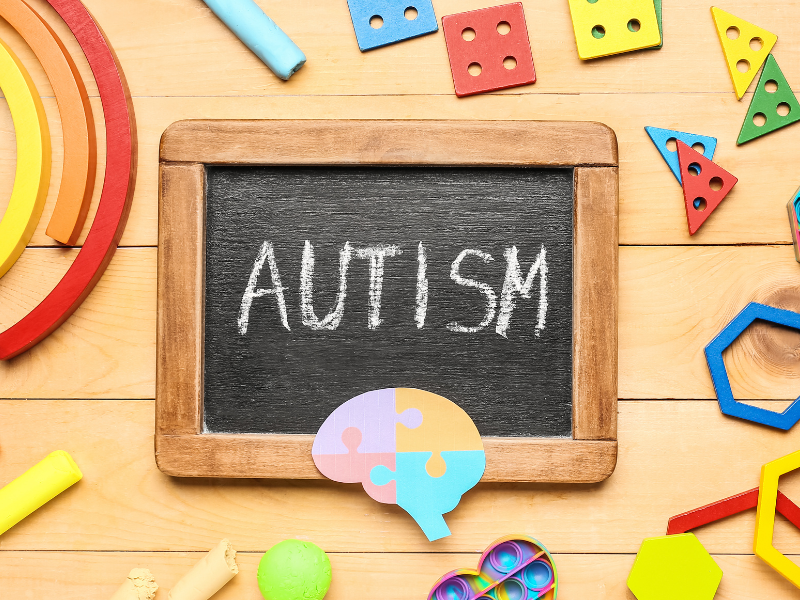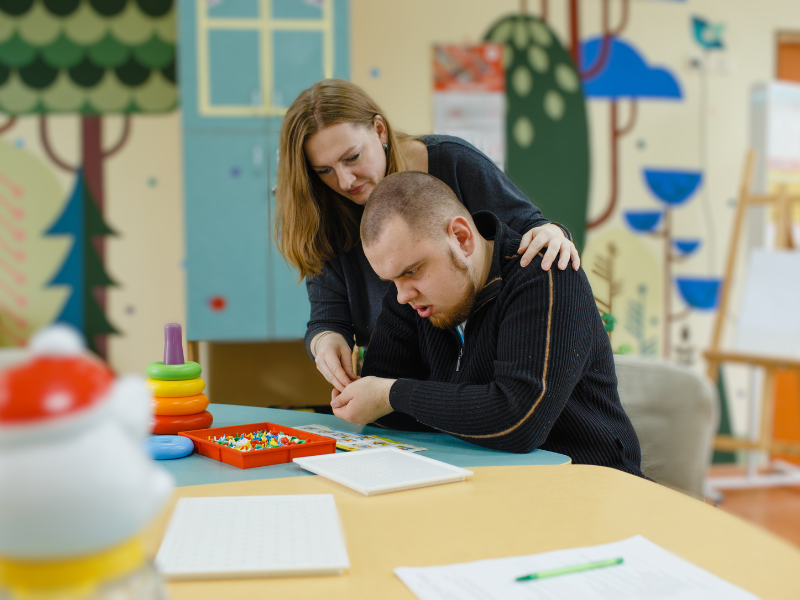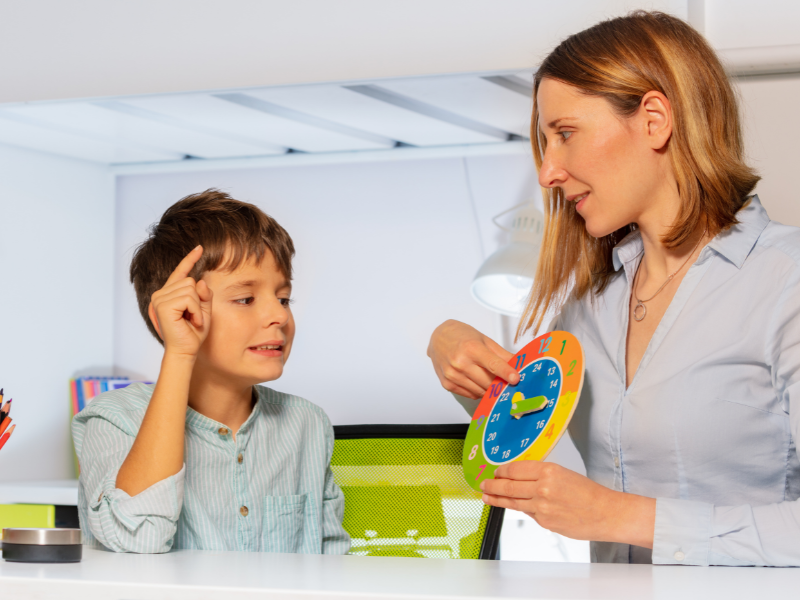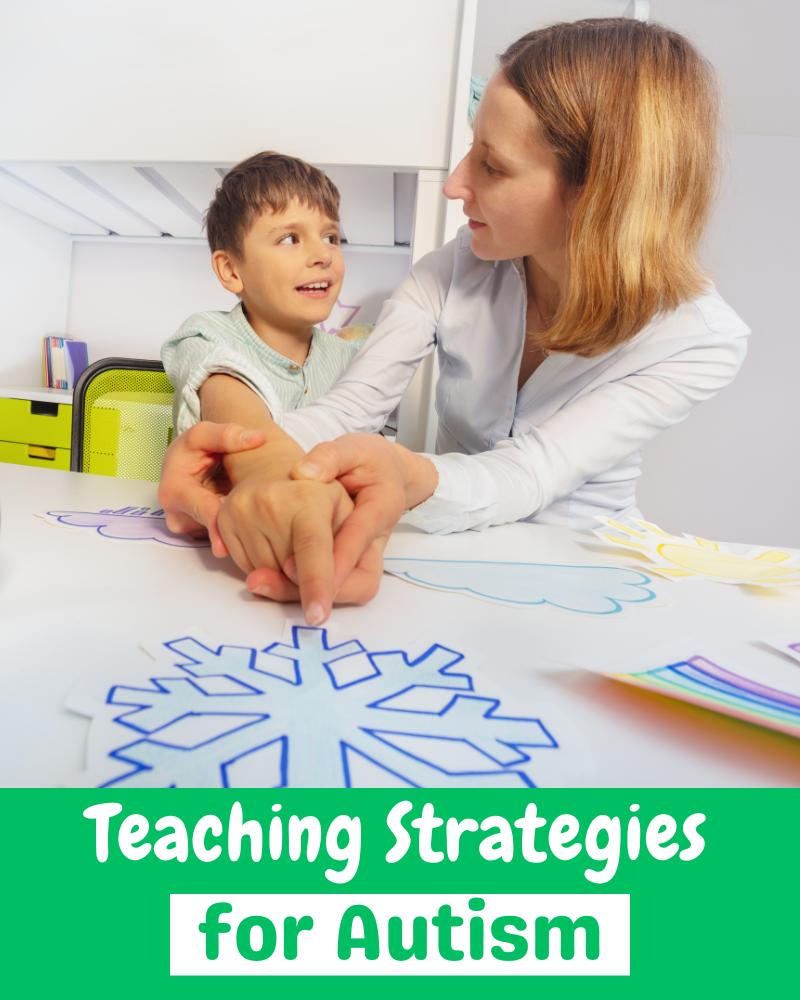Table of Contents
Teaching children with Autism Spectrum Disorder (ASD) requires specialized strategies and approaches to ensure effective learning and development. This article explores a range of teaching strategies tailored to the unique needs of individuals with ASD, focusing on enhancing their educational experiences and overall well-being.
Understanding Autism Spectrum Disorder

H1: Grasping the Spectrum
Recognizing that ASD is a spectrum disorder is fundamental. Each child with ASD is unique, and their abilities and challenges can vary greatly.
H2: Key Characteristics
Understanding the core characteristics of ASD, including challenges with communication, social interaction, and repetitive behaviors, is essential.
Creating an Autism-Friendly Environment

H1: Sensory Considerations
Adapting the learning environment to accommodate sensory sensitivities is crucial. Providing sensory-friendly spaces can help children with ASD feel more comfortable.
H2: Visual Supports
Using visual schedules, cues, and aids can aid in communication and reduce anxiety.
Implementing Structured and Predictable Routines
H1: Consistency Matters
Children with ASD often thrive in environments with clear and consistent routines. Predictable schedules provide a sense of security.
H2: Visual Schedules
Visual schedules help children anticipate activities and transitions, reducing anxiety and promoting independence.
Communication Strategies

H1: Augmentative and Alternative Communication (AAC)
For children with limited verbal communication skills, AAC systems like PECS (Picture Exchange Communication System) can be invaluable.
H2: Use of Visual Aids
Visual aids, such as social stories, can help children with ASD understand and navigate social situations and expectations.
Individualized Instruction

H1: Tailoring Teaching Methods
Recognize that what works for one child with ASD may not work for another. Personalizing teaching methods is essential.
H2: Strength-Based Approach
Identify and build upon the child’s strengths and interests to enhance engagement and learning.
Social Skills Training

H1: Social Stories
Using social stories to explain social cues and expectations can be beneficial for children with ASD.
H2: Structured Social Interactions
Organizing structured, one-on-one or small-group social interactions can help children practice social skills in a controlled environment.
Positive Behavioral Interventions
H1: Behavior Support Plans
Developing behavior support plans that focus on positive reinforcement rather than punishment can be highly effective.
H2: Recognizing Triggers
Identify and address the triggers that may lead to challenging behaviors in children with ASD.
Collaborating with Support Professionals
H1: Multidisciplinary Approach
Collaborate with speech therapists, occupational therapists, and other specialists to address the unique needs of children with ASD comprehensively.
H2: Parent Involvement
Engage parents in the teaching process, as they play a crucial role in reinforcing skills and strategies at home.
Patience and Empathy
H1: Cultivating Patience
Working with children with ASD may require more time and understanding. Patience is a key virtue.
H2: Empathetic Approach
Recognize that children with ASD may experience sensory overload or heightened anxiety. An empathetic approach is essential.
Conclusion
Teaching children with Autism Spectrum Disorder requires a unique and personalized approach that considers their individual strengths, challenges, and sensory sensitivities. By creating an autism-friendly environment, implementing structured routines, using effective communication strategies, and collaborating with professionals and parents, educators can help children with ASD reach their full potential and lead fulfilling lives.
For further resources and support: https://bit.ly/Autism-Education
Unique FAQs
1. How can an educator create an autism-friendly classroom environment?
- Educators can create an autism-friendly environment by considering sensory sensitivities, providing visual supports, and maintaining predictable routines.
2. What are the core characteristics of Autism Spectrum Disorder (ASD) that educators should be aware of?
- Educators should be aware of challenges related to communication, social interaction, and repetitive behaviors that are common in children with ASD.
3. What is the role of visual schedules in teaching children with ASD?
- Visual schedules help children with ASD anticipate activities and transitions, reducing anxiety and promoting independence.
4. How can educators tailor teaching methods to meet the unique needs of children with ASD?
- Educators should personalize teaching methods based on each child’s abilities, interests, and learning styles.
5. How can parents actively participate in the education of their child with ASD?
- Parents can actively participate by collaborating with educators, reinforcing skills at home, and providing a supportive and empathetic environment for their child with ASD.



